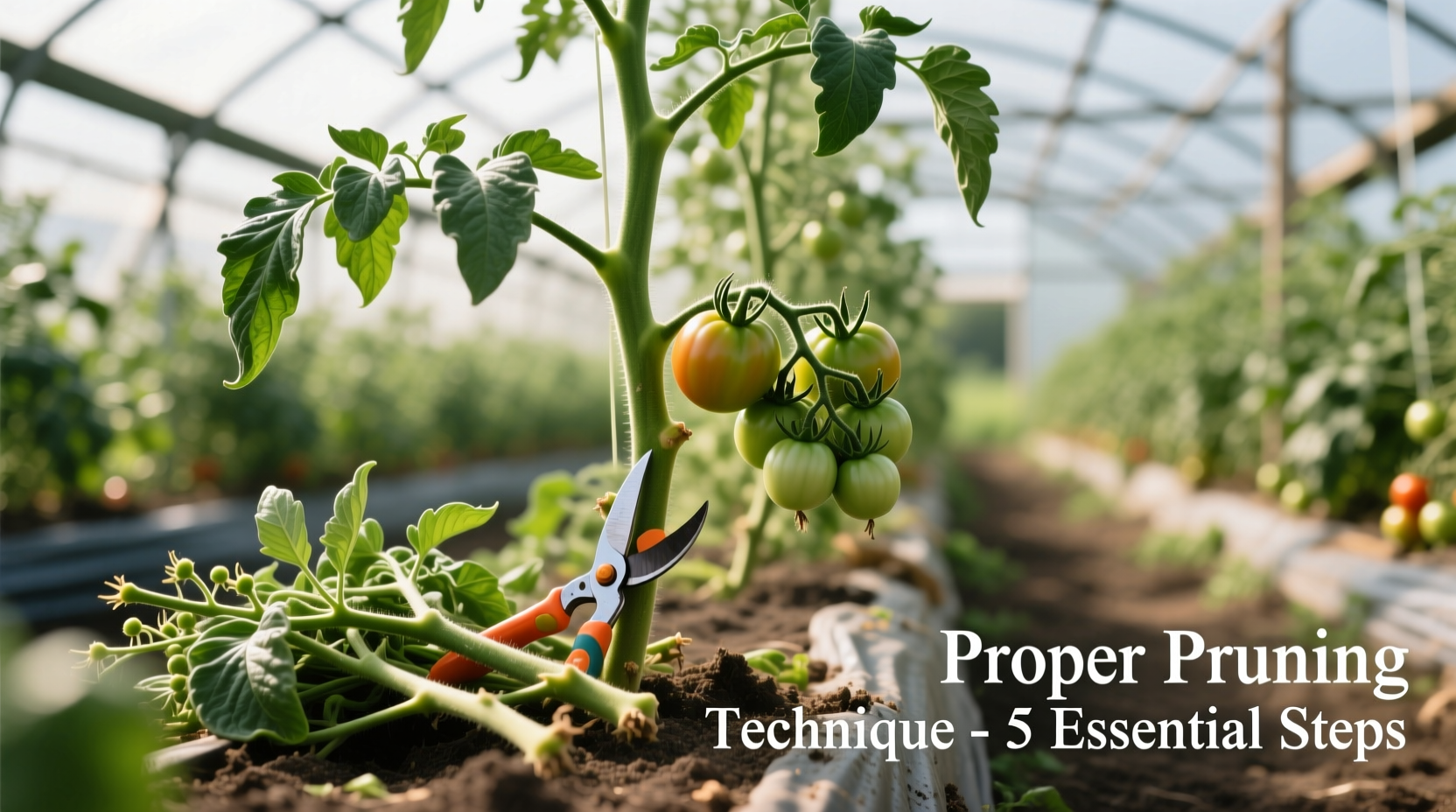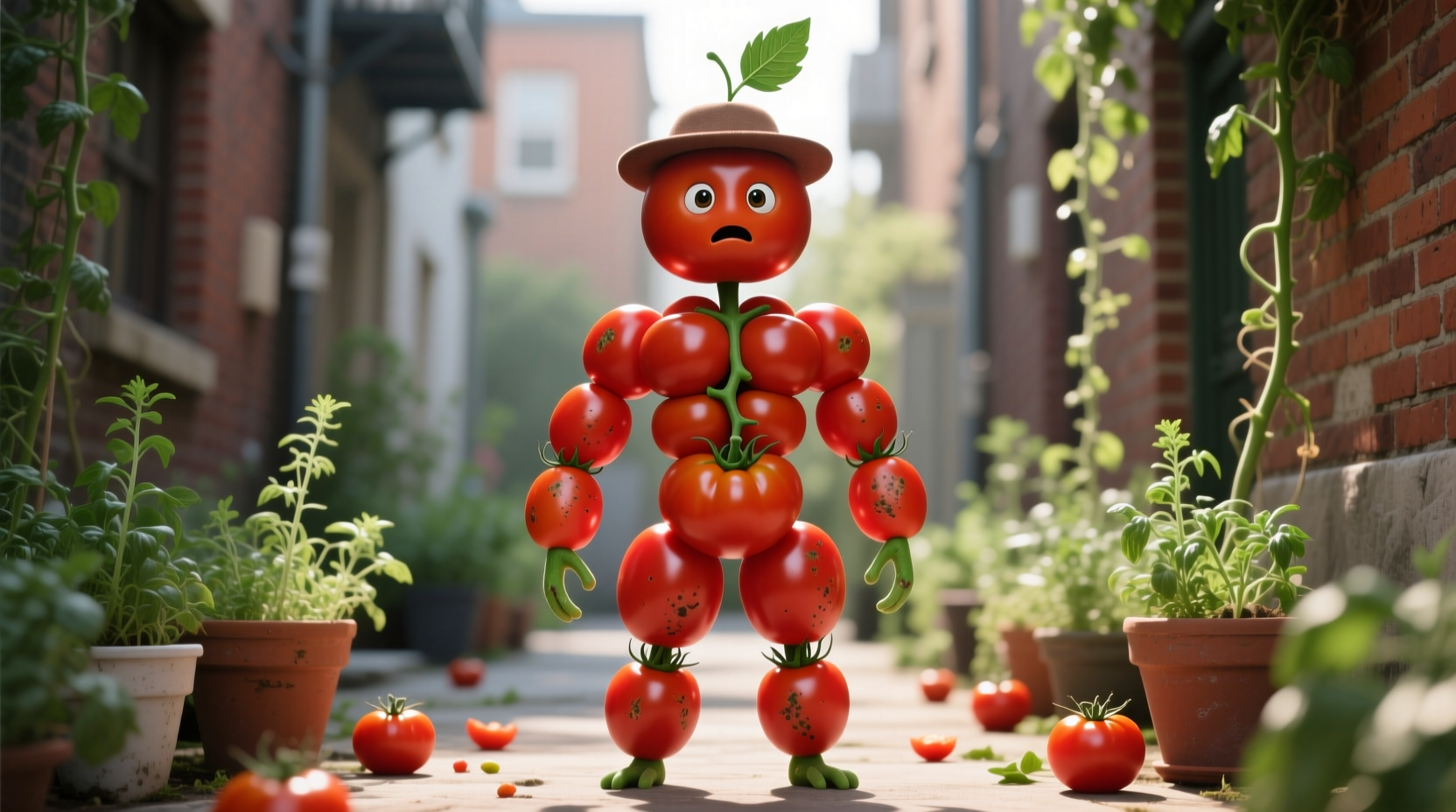If you're searching for "tomato man," you're likely looking for expert guidance on tomato cultivation, varieties, or culinary applications. The term typically refers to knowledgeable gardeners, horticulturists, or chefs specializing in tomatoes. This guide provides verified information about tomato expertise, practical growing techniques, and how to identify reliable tomato resources—saving you time and ensuring your gardening or cooking projects succeed.
When gardeners and cooks search for "tomato man," they're usually seeking specialized knowledge about one of the world's most versatile fruits. Despite being called a vegetable in culinary contexts, tomatoes (Solanum lycopersicum) are botanically classified as berries and belong to the nightshade family. Understanding who qualifies as a true tomato expert can transform your gardening results and culinary creations.
Who Qualifies as a Tomato Expert?
The "tomato man" concept spans several domains where specialized knowledge creates meaningful impact. True tomato expertise manifests in three primary areas:
Gardening and Cultivation Specialists
These professionals understand soil chemistry, climate adaptations, and disease management specific to tomatoes. University agricultural extensions maintain databases of certified experts who've demonstrated proficiency through:
- Successful management of common tomato diseases like blight and fusarium wilt
- Optimization of fruit set in various growing conditions
- Preservation of heirloom varieties through proper seed saving techniques
Culinary Tomato Authorities
Chefs specializing in tomato applications understand flavor chemistry and how different varieties perform in specific cooking methods. The USDA Agricultural Research Service documents how lycopene content and acidity levels vary significantly between varieties, directly impacting culinary results.
Botanical Researchers
Scientists studying tomato genetics and evolution provide foundational knowledge that trickles down to practical applications. Research from institutions like the National Agricultural Library reveals how modern breeding has both improved disease resistance while sometimes sacrificing flavor compounds.
Tomato Variety Comparison: Making Informed Choices
| Variety Type | Best For | Days to Maturity | Flavor Profile | Disease Resistance |
|---|---|---|---|---|
| Heirloom (Brandywine) | Fresh eating, sandwiches | 80-90 | Complex, sweet-acid balance | Low |
| Hybrid (Celebrity) | Container gardening | 70-75 | Balanced, reliable | High (VFN) |
| Cherry (Sun Gold) | Salads, snacking | 55-65 | Exceptionally sweet | Moderate |
| Processing (Roma) | Sauces, canning | 75-80 | Concentrated, less watery | Moderate |
This comparison helps identify which "tomato man" advice applies to your specific needs. For container gardening in urban settings, hybrid varieties with disease resistance provide more reliable results than heirlooms, which often require more specialized care.
Tomato Cultivation Timeline: Evolution of Expertise
Understanding the historical development of tomato knowledge reveals why modern "tomato men" approach cultivation differently than previous generations:
- 1500s: Tomatoes introduced to Europe from Mesoamerica, initially considered poisonous
- 1800s: First documented tomato cultivation guides appear in American agricultural journals
- Early 1900s: Development of commercial varieties focused on shipping durability over flavor
- 1940s: Introduction of hybrid varieties with improved disease resistance
- 1970s: Heirloom tomato revival movement begins
- 2000s: Scientific identification of flavor compounds guiding modern breeding
- Present: Precision breeding techniques creating varieties with both disease resistance and superior flavor
This historical context explains why contemporary tomato experts emphasize different priorities than gardening advice from even 20 years ago. Modern "tomato men" balance traditional knowledge with scientific advances.
Practical Tomato Growing Framework
Whether you're searching for "tomato man" advice for your first garden or seeking to refine your expertise, these evidence-based practices deliver consistent results:
Soil Preparation Essentials
Tomatoes require specific soil conditions that many beginners overlook. Research from Cooperative Extension System demonstrates that optimal tomato growth occurs in soil with:
- pH between 6.2-6.8 (slightly acidic)
- At least 5% organic matter content
- Avoidance of fresh manure (increases disease risk)
- Proper calcium levels to prevent blossom end rot
Watering Techniques That Prevent Common Problems
Improper watering causes more tomato failures than any other single factor. The most effective approach includes:
- Deep, infrequent watering (1-1.5 inches twice weekly)
- Watering at soil level (not overhead) to prevent fungal diseases
- Morning watering to allow foliage drying during day
- Consistent moisture levels (fluctuations cause cracking)
Pruning and Support Strategies
Proper plant structure significantly impacts yield and disease prevention. University studies show that indeterminate varieties benefit from:
- Single-stem pruning for maximum fruit size
- Cage support systems that allow air circulation
- Removal of lower leaves touching soil
- Regular removal of suckers to direct energy to fruit production

When "Tomato Man" Advice Might Not Apply to You
Not all tomato expertise transfers across different growing conditions. Consider these contextual boundaries before implementing advice:
- Climate limitations: Techniques for arid regions won't work in humid climates without modification
- Space constraints: Container gardening requires different approaches than in-ground planting
- Time investment: Heirloom varieties often require more attention than modern hybrids
- Pest pressures: Regional pest populations dictate necessary prevention strategies
For example, advice from California tomato experts about managing dry conditions won't help gardeners in Florida dealing with constant humidity and fungal pressure. The most valuable "tomato man" guidance addresses your specific regional challenges.
Identifying Reliable Tomato Information Sources
With so much conflicting advice online, how can you identify genuine tomato expertise? Look for these markers of credible information:
- References to university extension research or peer-reviewed studies
- Clear differentiation between anecdotal experience and scientific evidence
- Transparency about regional limitations of the advice
- Specific variety recommendations rather than generalizations
- Explanation of why techniques work, not just what to do
Avoid sources making absolute claims like "this method works everywhere" or promising unrealistic results. Real tomato expertise acknowledges complexity and context.
Putting Tomato Knowledge Into Practice
Whether you're searching for "tomato man" to solve a specific problem or build foundational knowledge, focus on implementing one technique at a time. Start with soil testing—this single step prevents more tomato growing failures than any other intervention. Track your results systematically, noting which varieties perform best in your specific conditions.
Remember that tomato expertise isn't about knowing everything, but understanding which principles apply to your unique situation. The most valuable "tomato man" guidance helps you think critically about your growing conditions rather than providing rigid rules.











 浙公网安备
33010002000092号
浙公网安备
33010002000092号 浙B2-20120091-4
浙B2-20120091-4